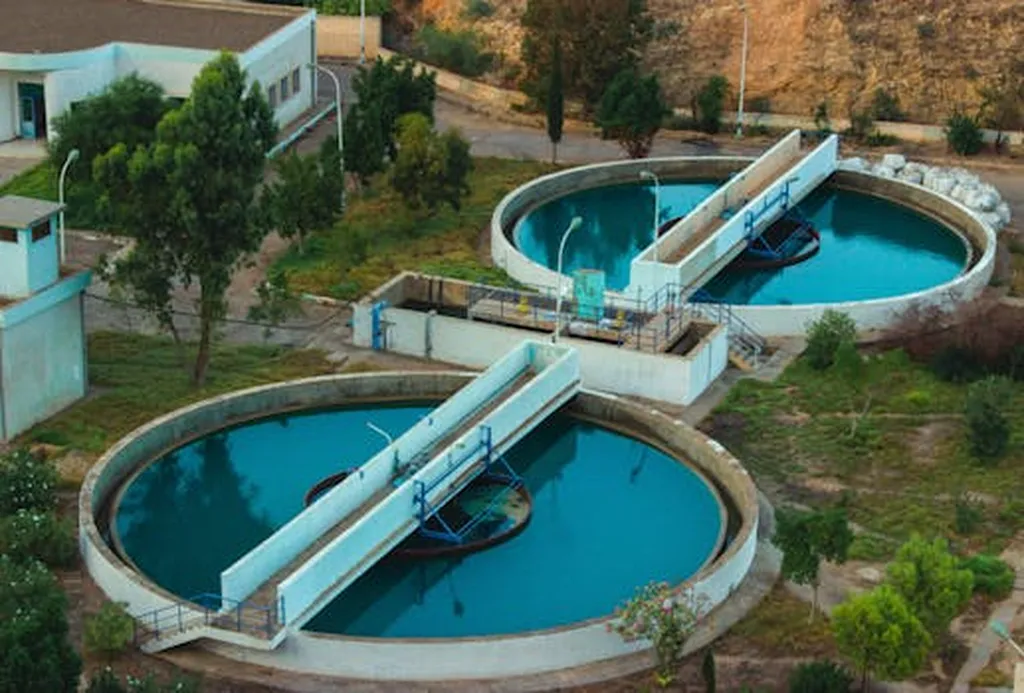In a world grappling with water scarcity and mounting industrial waste, a groundbreaking study offers a dual solution that could revolutionize the water treatment industry and bolster the circular economy. Published in the journal ‘Waste’ (translated to English as ‘Waste’), the research, led by Asma Nouira from the Renewable Energies Chair at the University of Évora in Portugal, explores the potential of transforming industrial byproducts into high-performance ceramic membranes for water filtration.
The study highlights the escalating global water crisis and the unsustainable accumulation of industrial waste, emphasizing the need for innovative solutions that align with circular economy principles. Ceramic membranes, traditionally made from high-purity inorganic materials, are celebrated for their chemical resistance, thermal stability, and durability. However, the cost and environmental impact of these materials have limited their widespread use.
Nouira and her team have identified a game-changing approach: repurposing industrial byproducts such as red mud, coal fly ash, blast furnace slag, coal gangue, and kiln roller waste into cost-effective, high-performance filtration materials. “By transforming industrial waste into functional filtration materials, we not only mitigate environmental pollution but also contribute to sustainable water security,” Nouira explains.
The research critically examines various fabrication techniques, material properties, and performance metrics of waste-derived ceramic membranes. The findings suggest that these upcycled materials can match, and in some cases exceed, the performance of traditional ceramic membranes. This innovation could significantly reduce the cost of water treatment, making it more accessible in regions facing water scarcity.
For the energy sector, the implications are substantial. Industrial facilities, particularly those in the energy industry, generate vast amounts of waste that often end up in landfills. By repurposing these byproducts into ceramic membranes, companies can reduce disposal costs and potentially generate additional revenue streams. “This approach offers a sustainable strategy for water purification while addressing the challenge of waste management,” Nouira notes.
The commercial impacts of this research are far-reaching. Water treatment plants, municipal authorities, and industrial facilities could benefit from the reduced costs and enhanced performance of these waste-derived membranes. Moreover, the adoption of this technology could drive the development of new industries focused on the production and distribution of these innovative filtration materials.
As the world seeks sustainable solutions to pressing environmental challenges, this research offers a promising path forward. By transforming waste into valuable resources, we can move towards a more circular economy, where waste is minimized, and resources are used efficiently. The study’s findings could shape future developments in the field, paving the way for a more sustainable and water-secure future.
In the words of Nouira, “This is not just about creating better filters; it’s about rethinking our relationship with waste and resources.” As the water treatment industry and the energy sector continue to evolve, the insights from this research could prove invaluable in driving innovation and sustainability.

